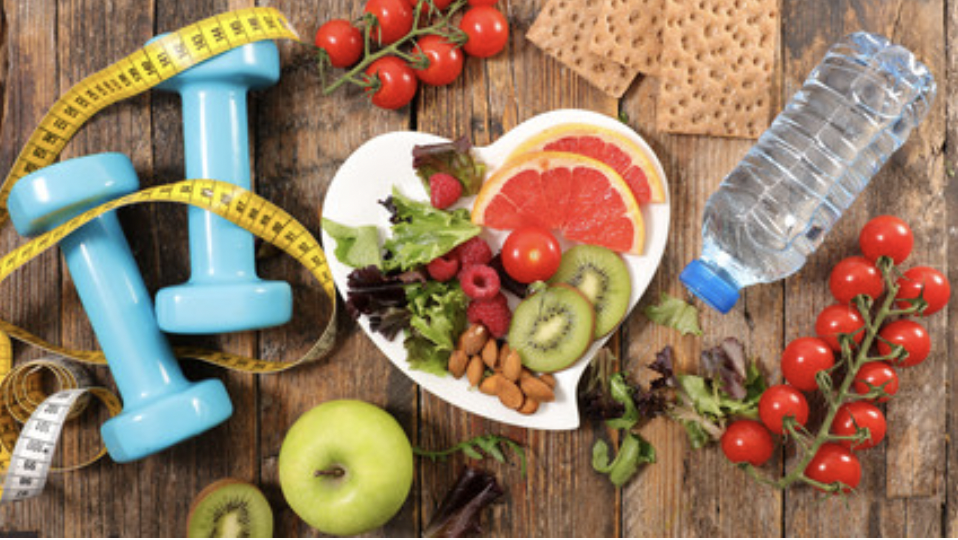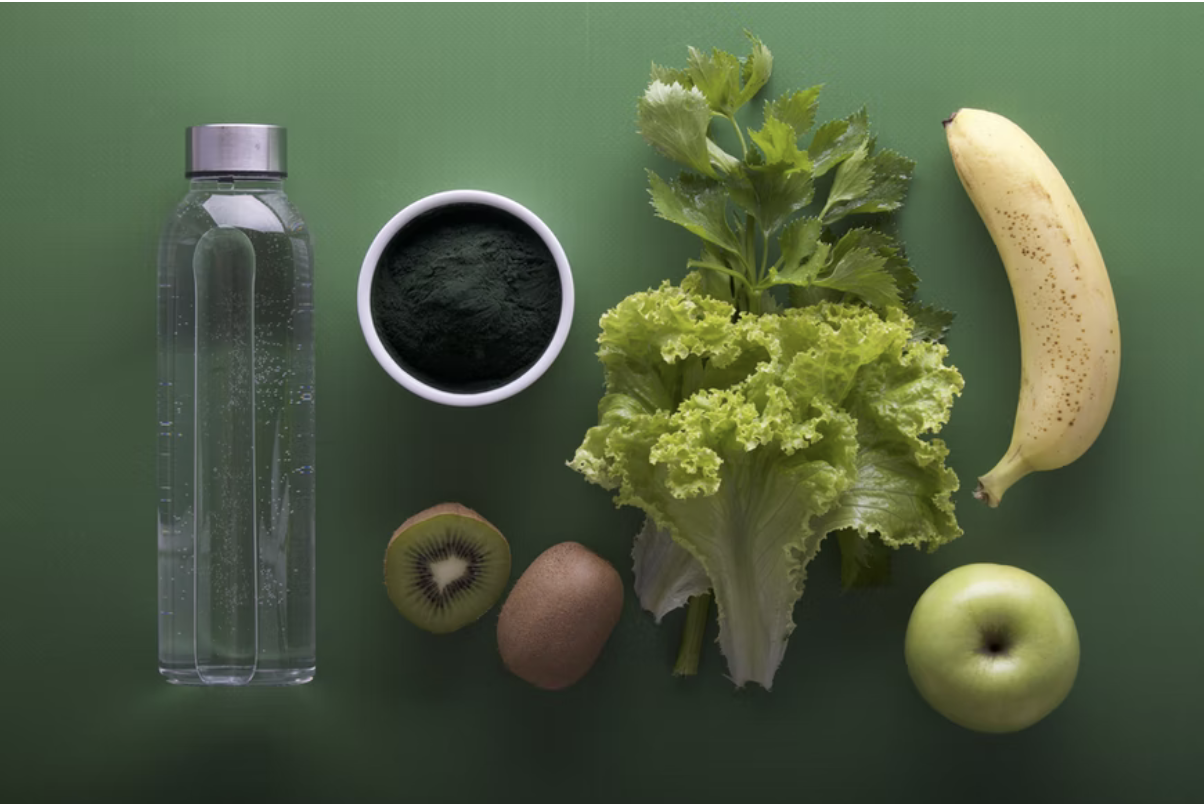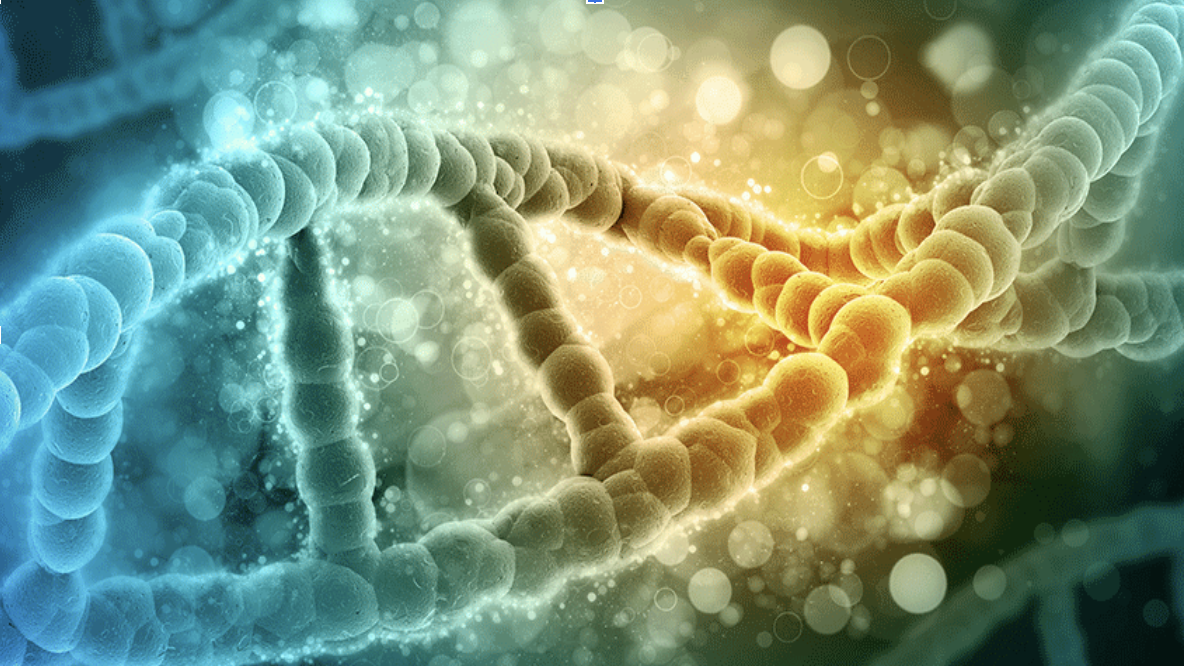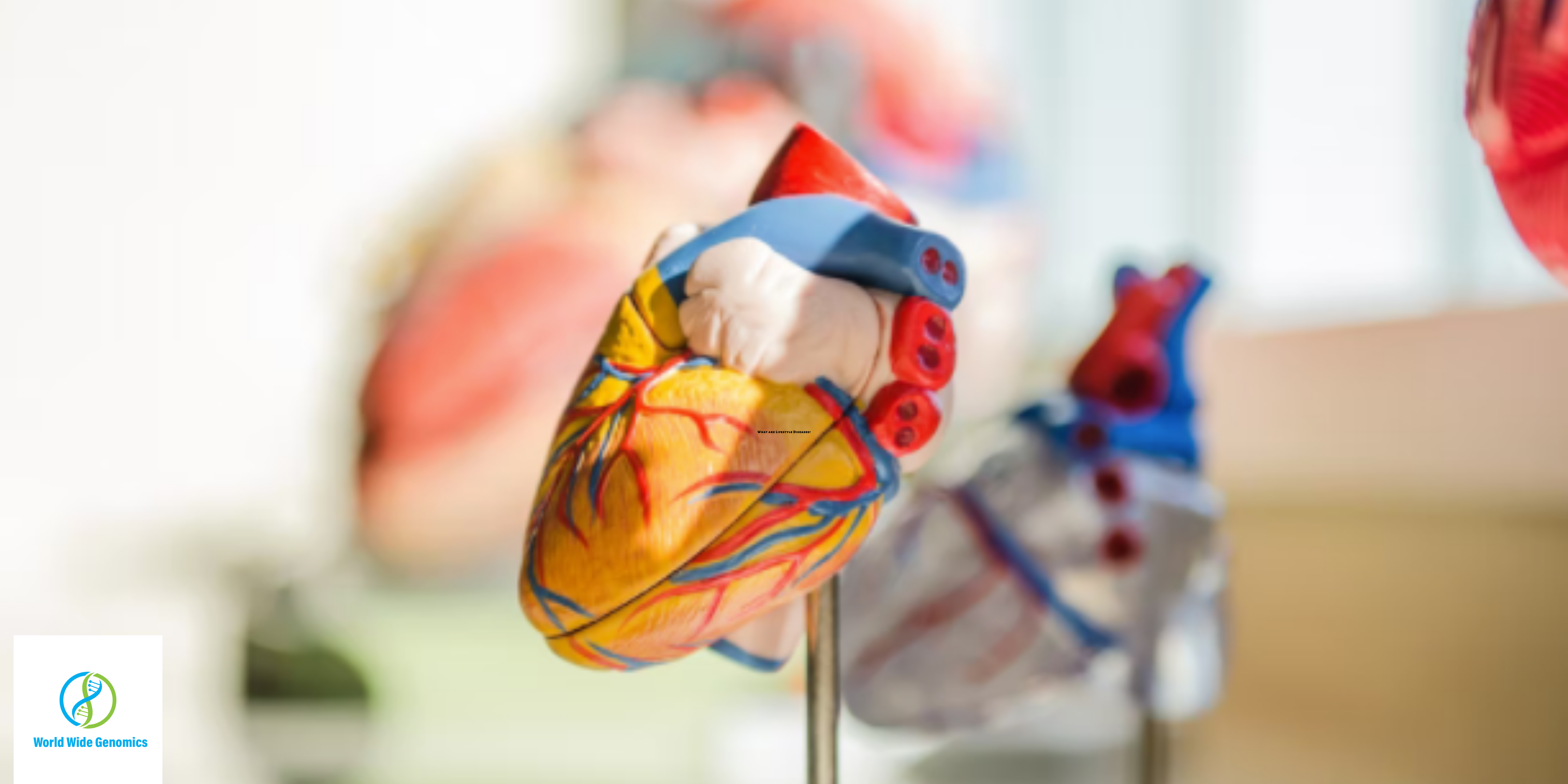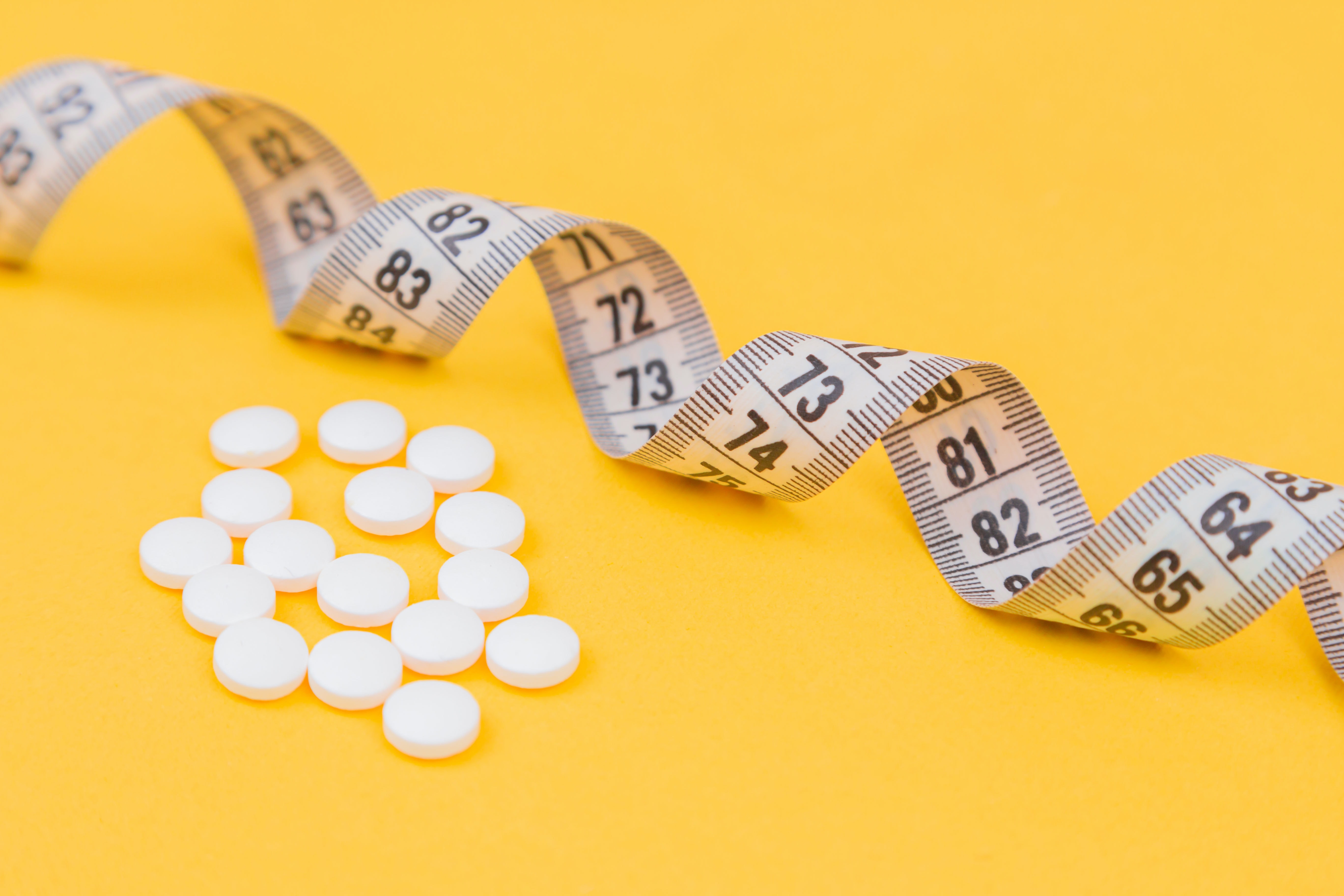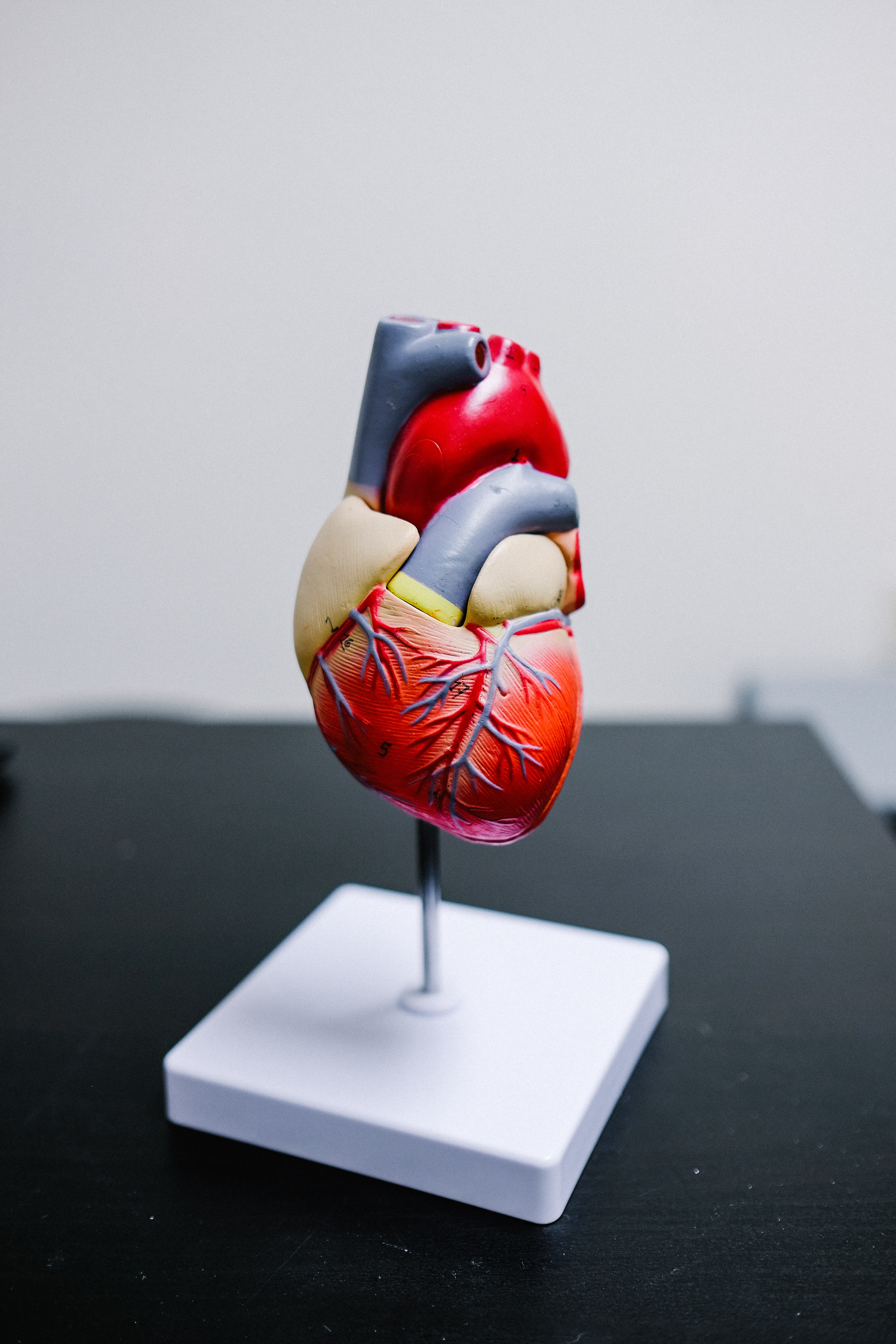If you think you are leading a healthy lifestyle, then better think again! When it comes to living a healthy lifestyle, you might think that you are maintaining “good health” with physical activities and eating habits. But ask yourself genuinely: Are these enough to be considered “healthy”?
Did you know?
According to the Archives of Internal Medicine, only 3% of American adults meet the criteria for a healthy lifestyle.
Are you one of that 3%?
Also, 97% of Americans fail to have an ideal “healthy lifestyle” that can protect them from heart diseases.
Many people get confused between health and nutrition, and many qualified experts hold opposing opinions, making it difficult to comprehend what you should do to optimize your health. But despite all disagreements, many healthy lifestyle tips are well supported by researchers.
This article will give you an overview of improving and augmenting actions in life to have a healthy lifestyle. We have included 7 tips for a healthy lifestyle that are the essential components and must be a part of our daily routine. In addition to the tips, the article also covers avoiding actions that cause unhealthy living. But let’s first understand what healthy living is!
What is Healthy Living?
The majority of people think that “healthy living” means the balanced and well-functioning physical and mental health processes in a person. In many instances, physical and mental health are interlinked, and when one gets affected, it directly affects the other.
So, the following tips include suggestions for living a healthy life both emotionally and mentally.
Tips for Living a Healthy Lifestyle
- Eat a Balanced Diet – The Best Medicine
Eating healthy doesn’t involve extreme diets! The secret of a balanced diet involves foods with low fats and sugar and high in minerals, vitamins and other nutrients.
According to the research of Dietary Guidelines for Americans, your optimal energy needs a balanced diet that should be high in fruits, vegetables, low-dairy fat, lean protein and whole grain.
- Eat Varieties of Meals
Eat various food such as green vegetables, fruits, seeds, nuts, legumes and whole grains. Make a habit of eating at least 400 grams of seasonal fruits and vegetables every day. If you are not a veggie person, add fatty fish to your diet, as it helps prevent inflammatory diseases such as heart diseases.
- Reduce Salt Intake
Don’t consume salt more than 1 gram (or 1 teaspoon). While cooking food, limit the number of high sodium condiments such as adding less salt soya sauce and also avoiding salty snacks. If you suffer from high blood pressure, then cut back on salt, and a high amount of sodium increases the risk of high blood pressure.
- Limit Sugar Consumption
Take sugar about 50 grams or 12 teaspoons a day. Avoid eating snacks, sweetened drinks, and candies to achieve the target. Limiting your sugar intake reduces the risk of likely diseases such as heart disease, diabetes, stroke and some cancers.
- Avoid Unhealthy Fats
Fats should make up 30% of your total energy intake. Avoid eating saturated fats that include butter, cheese, red meat, Trans fat and ready-to-eat items. Instead, add saturated fats to your diet, including fish, olive oil, avocados, nuts, and seeds.
- Exercise Regularly – The Glow of Healthy Lifestyle
Do you end up feeling lethargic after returning from work or halfway through the day? Do you often get winded by simple household chores such as cleaning or grocery shopping?
Make exercise your daily habit as it strengthens your muscles and relieves stress and tension. It also boosts endurance that helps you work more efficiently during other physical activities. Do exercise while respecting the body’s limits.
In addition to your physical and mental health, exercise also improves your sleep quality by three scientifically proven activities: aerobic exercise, yoga, and strength training. This way, you can improve your healthy lifestyle and happiness in life.
According to Physical Activity Guidelines for Americans, 150 minutes of weekly movement adds energy to you and does not subtract from it.
- Sleep Well – The Best Meditation
Your sleep and immune system have a strong link to each other. Don’t break that connection!
Get at least 7 to 9 hours of sleep daily. Getting more sleep is a sign of a healthy person that many people need to improve.
Getting enough sleep heals your body and is vital for your physical and mental health. But what prevents you from sleeping well? Think about what stops you from achieving this habit!
Maybe you are addicted to using your phone or spending your whole night scrolling different social media apps. Remember, sleep deprivation can perpetuate severe health issues, and it also negatively affects your mood, determination, motivation and energy levels.
Did you know?
Poor sleep increases the risk for many cardiovascular problems such as high blood pressure, heart diseases and stroke.
If you want to have a successful healthy lifestyle and experience an energized day, then the best thing you can do is prioritize your sleep!
- Do Not Smoke – It’s A Slow Poison
You might have read the proposed warning written on the cigarette packet such as WARNING “smoking kills”, “tobacco smoke can harm your children”, “Smoking causes lung cancer” and so on. The warning intends to educate consumers about its side effects on health and likely risks such as coronary disease, lung cancer and pulmonary disease.
One of the significant causes of lung cancer globally is smoking. Apart from lung disease, smoking also develops some other organ cancers. While smoking harms your health and the people around you, smoking damages the airways, leading to the cause of chronic obstructive pulmonary disease (COPD).
Life is short; quit smoking to make it last!
- Think Positive – Key For Improving Mental and Physical Health
Positive thinking contributes to a long and healthy lifestyle!
Feeling depressed and stressed is harmful to our health and hinders optimum health. Unfortunately, these feelings have become a part of our competitive and fast-paced culture. Millions of Americans are affected by anxiety and depression. These conditions are caused and can be worsened by several physiological issues such as poor diet or hormonal balance. They are often influenced by how we see and respond to our environment.
It is crucial to recognize unhealthy thought patterns that indirectly affect the mind to get a healthy lifestyle. Negative self-talk and self-blaming are the way to enter a cycle of thinking that negatively impacts our physical and mental well-being.
If you want to feel best:
- Train yourself to create positive thinking, count your blessings and be content.
- Learn to face challenges and opportunities, stare dead in the face of your fears.
- Practice patience and understanding instead of anger.
Indeed, we become what we think!
Your healthy lifestyle begins with a single thought of positivity!
- Surround Yourself with Good People
Maximize the amount of time from your daily routine to spend quality time and enjoy being around people you like and love.
Surrounding yourself with people who radiate positivity, have good vibes, and share similar interests as you have will excite and energize you. On the other hand, people who are not of your type or have negative outlooks often complain about you and make poor choices and decisions in life; they only drain your energy. Therefore, be selective about the company you want to keep!
Surround yourself with a company that empowers you to become the best version of yourself!
- Don’t Stress, Be Happy!
If you suffer from stress, tension, and depression, you put your entire health at risk. Why? This is because stress inflicts disorder on your emotional equilibrium, as well as your physical condition. It narrows your capability to think positively, enjoy life and effectively mind function.
The bills will keep increasing, and there are not more than 24 hours, your work pressure will never stop, and your family responsibilities will remain demanding. In the end, you have more control than you might think.
When you try to manage your stress, you are breaking the hold of stress on your life, which allows you to become healthier, happier and more productive. The ultimate goal for reducing stress is to have a balanced life, relationships, and time for work with fun and relaxation. The aim to “don’t stress” always holds you up and ready to overcome the challenges on your way.
Don’t stress about what you can’t control; instead, find ways for a happy and healthy living!
Final Thoughts
Your healthy lifestyle is always similar to others; there is a just difference when and how we adopt it. The most important thing to remember is by little effort, you can make a huge difference in your physical health and emotional well-being.
Take charge of your life, be mindful because small behaviors help you live a healthy lifestyle. Therefore making just a few of the above 7 tips part of your daily life can help you lead a better life.
Remember, some of the above tips might seem challenging to you at first, but their benefits far exceed to sustain them.

